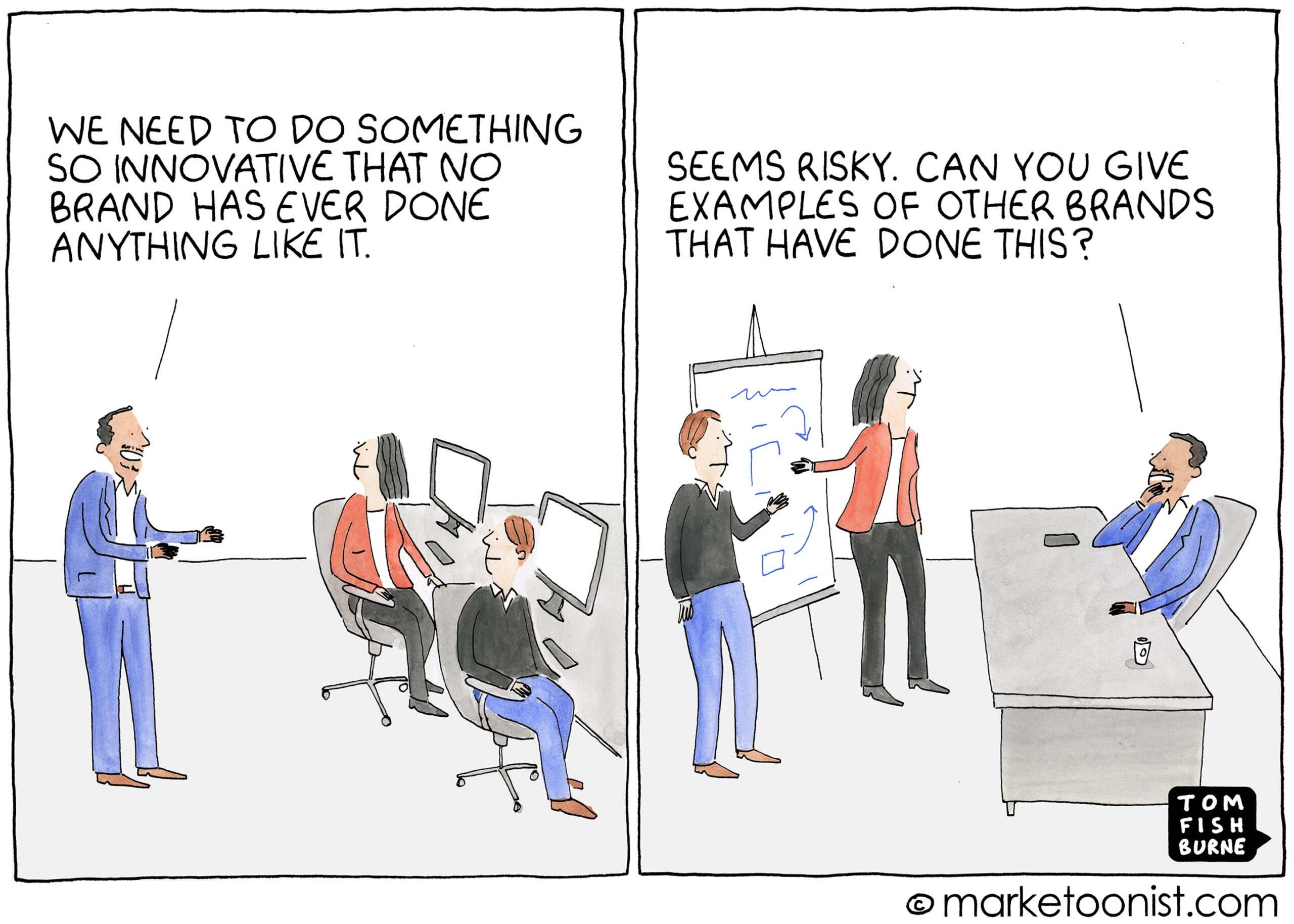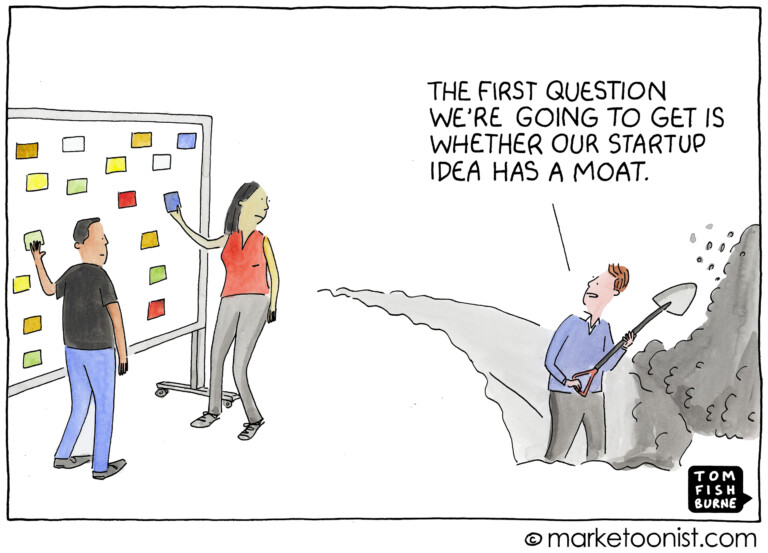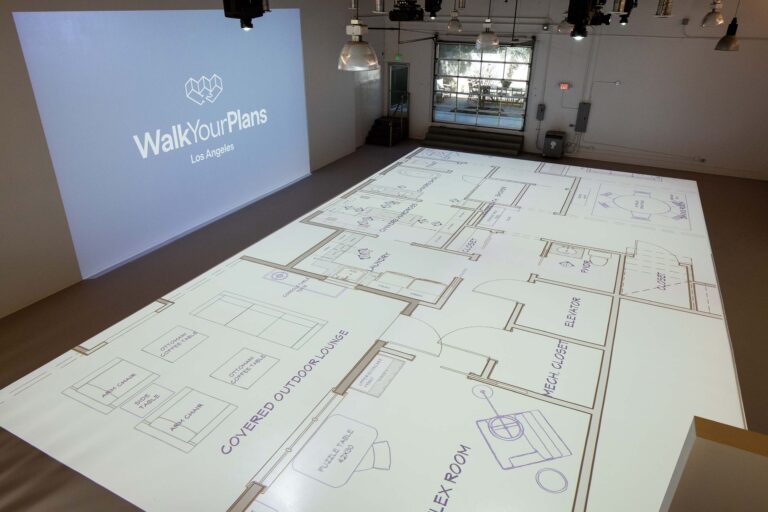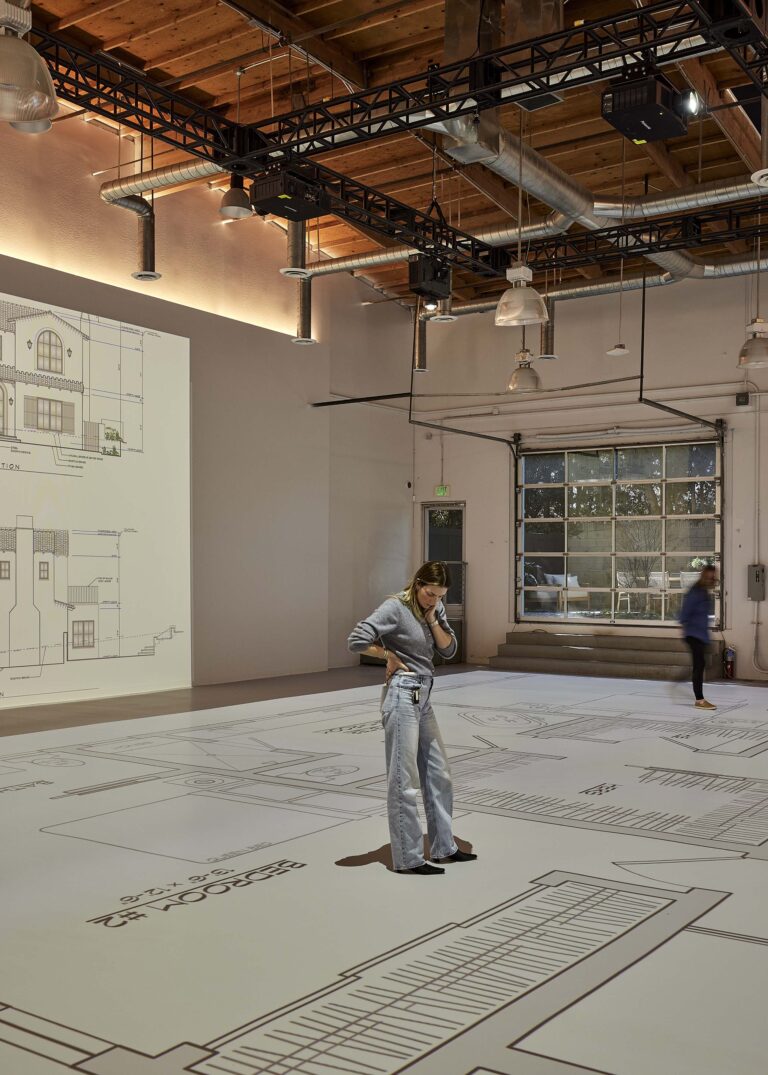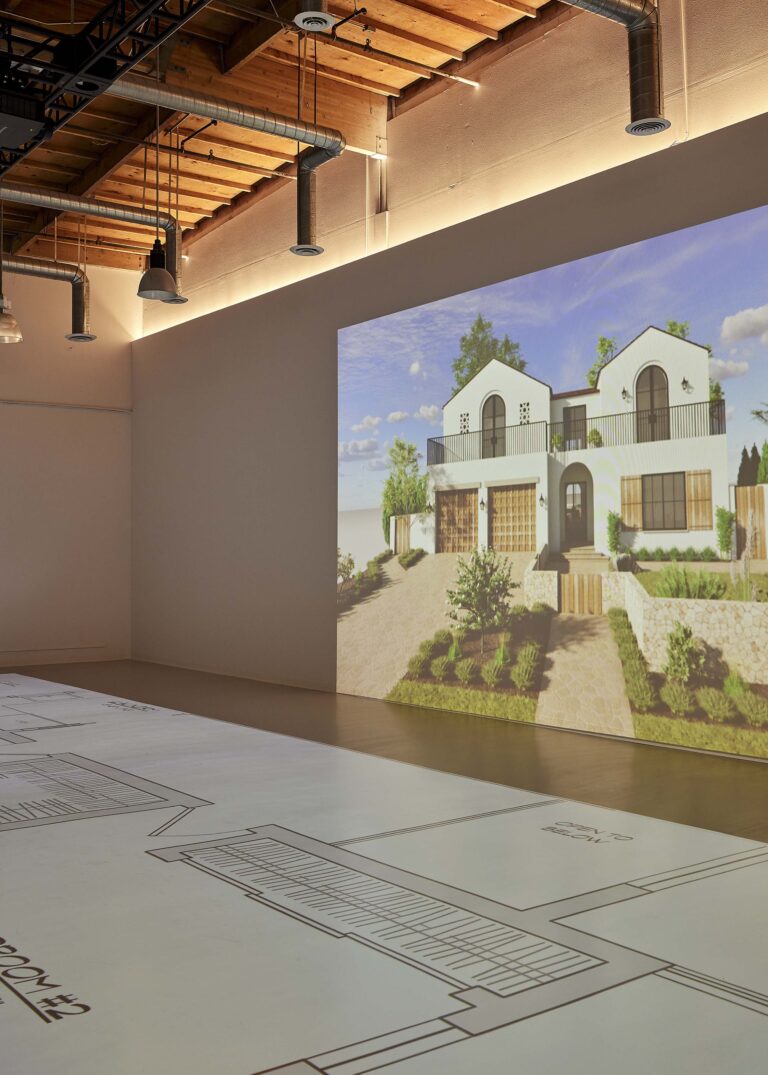How is it that Montblanc can charge $1,410 for its The Meisterstück Solitaire Blue Hour LeGrand pen when you can pick up a box of 60 Bic Round Stic Xtra Life Ballpoint Pens for only $5.39?
For clues let’s revisit one of my all-time favorite Warren Buffet quotes:
“Price is what you pay, value is what you get.”
Does Montblanc deliver $1,409.91 more value than the good ‘ole Bic Stic?
Well, that depends.
Depends on what?
The perceived value to start.
The position and authority the brand has in the market.
The associated elevation in status and influence for the user.
Really?
But it’s just a pen for Pete’s sake right?
If your Bic, yes, if your Montblanc – hell no!
You see…
…Montblanc doesn’t sell pens – they sell luxury writing instruments.
A luxury writing instrument is anything but a regular old pen.
The name itself reframes the value proposition entirely – it’s a differentiator and sets a higher standard right of the gate.
Just look at the way Montblanc describes the $1,410 Meisterstück on their website…
The Meisterstück Solitaire Blue Hour LeGrand introduces itself as a precious, blue lacquered Solitaire product with platinum-coated fittings. The magical hour between daylight and night – the Blue Hour – creates a smooth contrast and breathtaking mood, which served as design inspiration. The hexagon pattern on the barrel and cap reflects the refraction of lights and night traffic in urban cities.
Now that’s no Bic Stic!
Notice how the carefully selected emotive words create a “this must be the best aura” that changes your “pen paradigm” entirely and gets you in the proper mood to drop $1.4k on their “precious” writing instrument?
The over-the-top price sets the tone of “superiority” and “quality” and reinforce the perceived value of the pen.
But the real perceived value is already built into the brand – Montblanc.
The iconic brand’s name comes from the “white mountain” Mont Blanc (French) or Monte Bianco (Italian)– the highest mountain in the Alps and the highest mountain in Western Europe.
The hidden benefit inside the name itself insinuates “without equal.”
People who demand the “best” will buy the “best” at almost any price because it reflects who they are according to their worldview.
Savvy luxury brands tap into this and leverage “the higher the price the better it must be” emotional buyer logic.
If you need further evidence here – look at the wine business.
Surely a $100 bottle of wine is better than the $17 bottle, right?
The Montblanc story is a case study in branding, market positioning, and differentiation.
After all, it’s not easy to create a world-class luxury brand for a PEN, (err, writing instrument – my bad.)
That is an art!
Fun fact – Montblanc even has its own museum in Hamburg Germany.
A museum for luxury writing instruments, now that’s something to talk about.
Value is Absolutely Relative
If you ask financial “expurts” – they have their own terminology, formulas, and methodologies for determining value.
The deeper you dig – the more it doesn’t make sense, (at least for an unruly sort like me.)
On value…
…there is relative value…
…absolute value…
…intrinsic value…
…extrinsic value…
…instrumental value…
…and the list goes on from there.
For context here, let’s define terms a bit.
The term relative value is a method of determining an asset’s worth that considers the value of similar assets.
On the other hand, absolute value does not compare an asset to other assets to determine value, it only looks at an asset’s intrinsic value.
Intrinsic value is a measure of the value that is “within” or “in itself” – for its own sake. Extrinsic value is essentially everything that is “leftover” from intrinsic value – the premium. Finally, is instrumental value – the value that something has as “a means to an end.”
Confused?
Good, that’s the point.
I say we cast aside the absurdity of how value is measured, defined, and determined and start over. To keep it simple, let’s reverse engineer Warren Buffet’s famous quote that we highlighted to start this fine ditty.
Warren Dow’s definition of value: “Value is perceived at any price.”
So next time you’re worried that you overpaid for something – don’t stress.
It’s only a perception – the price you pay has no value – relative, absolute, intrinsic, extrinsic, or whatever stupid label you want to put on it.
It’s why people buy Montblanc pens for over a thousand bucks and luxury cars for millions of dollars – the perceived value has no correlation to price.
